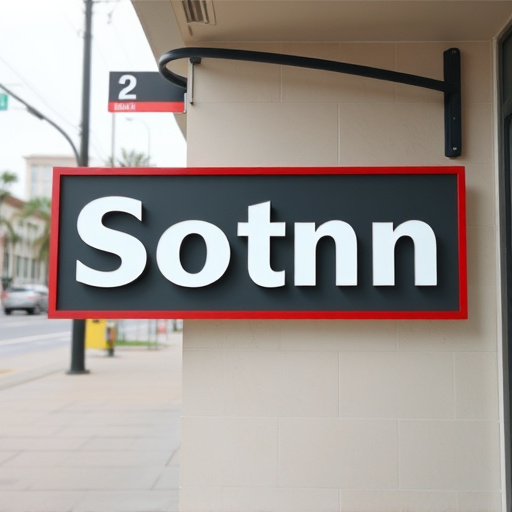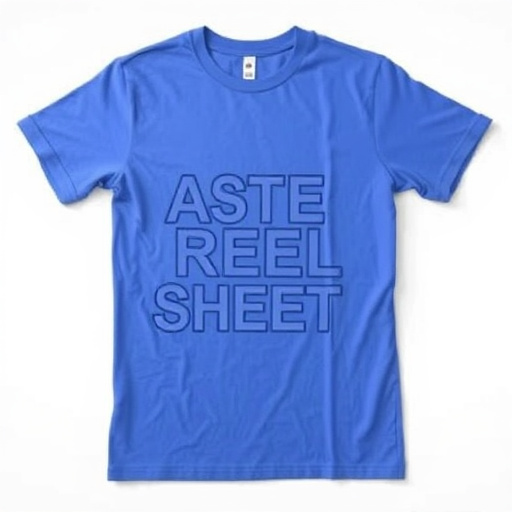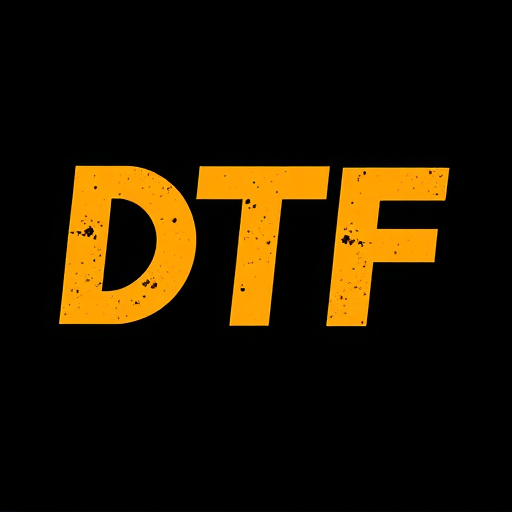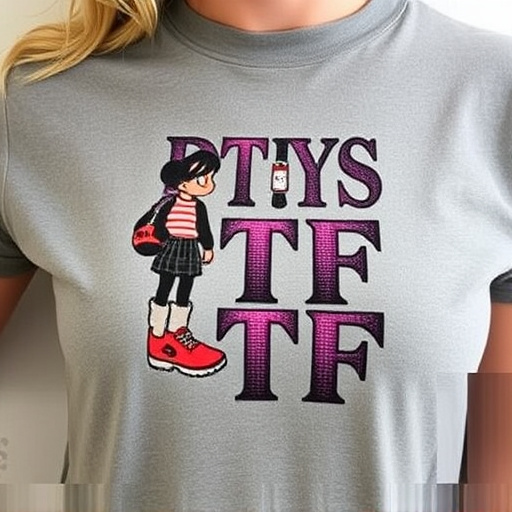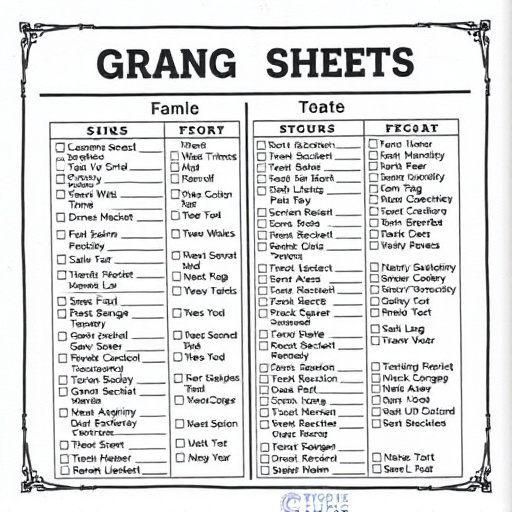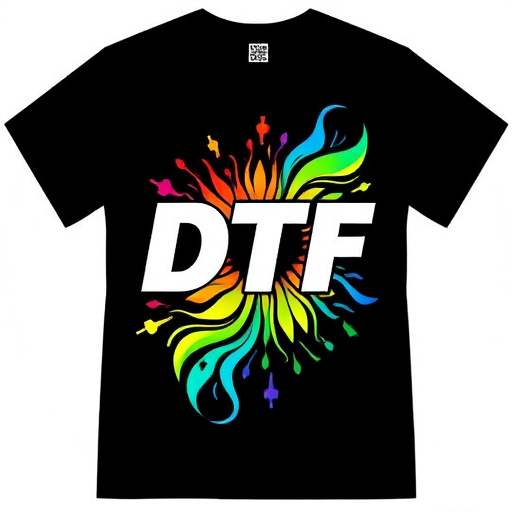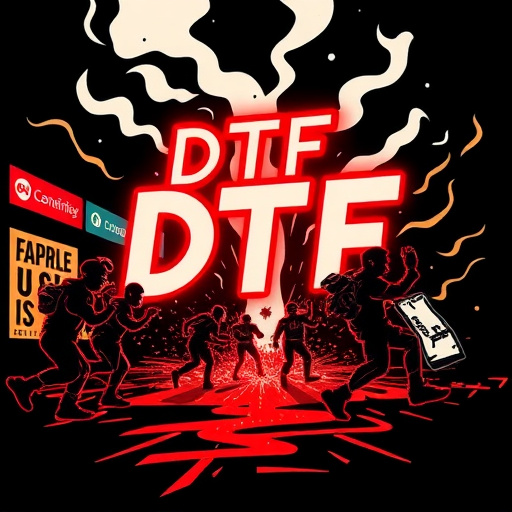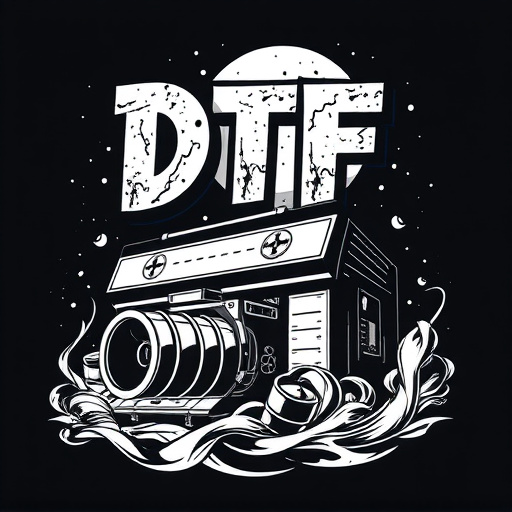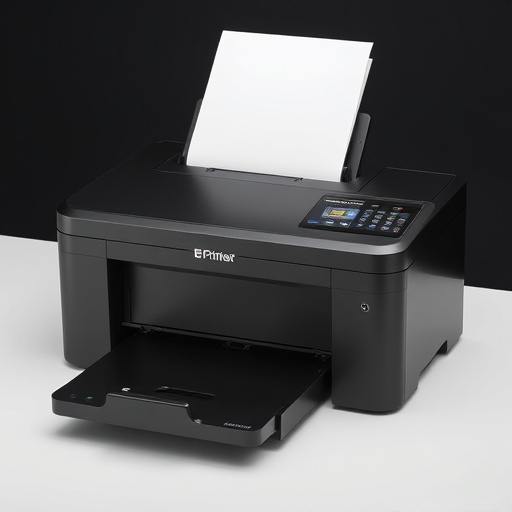Understanding DTF T-shirt printing costs involves considering design complexity, order size, fabric type, and facility overheads. Intricate designs and custom sheets increase pricing. Setting competitive prices requires researching market rates, considering turnaround time, and offering strategic custom pricing to ensure profitability while optimizing online visibility with keywords like DTF T Shirt Printing.
“Uncover the art of pricing custom DTF (Direct to Fabric) T-shirt orders with precision. This comprehensive guide navigates the costs and factors that shape your pricing strategy. From understanding the intricacies of DTF printing to setting competitive rates, you’ll learn how to balance quality, design complexity, and material costs effectively. Maximize profitability while offering tailored, vibrant prints that cater to diverse customer demands in the dynamic world of DTF T-shirt printing.”
- Understanding DTF Printing Costs
- Factors Influencing Custom Order Pricing
- Setting Competitive Prices for DTF T-Shirt Prints
Understanding DTF Printing Costs
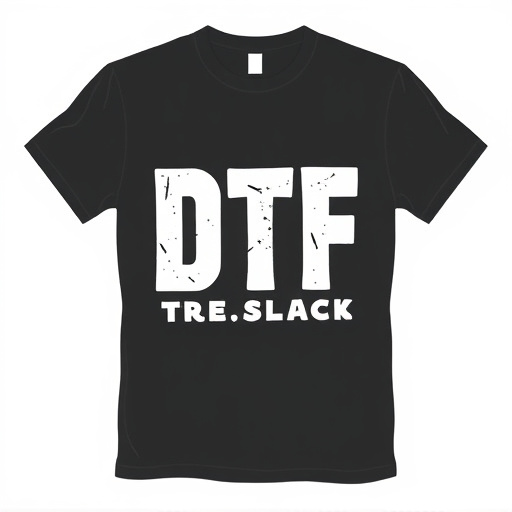
Understanding DTF Printing Costs involves grasping the intricate factors that contribute to its price structure. DTF (Direct-to-Garment) T Shirt Printing is a digital printing method where designs are applied directly onto fabric using specialized ink and machines. The cost isn’t solely determined by the size of the order, but also by the complexity of the design, the type of ink used, the quality of the garments, and the overhead expenses of the printing facility.
Each component plays a significant role in the final pricing. For instance, intricate designs with fine details typically require more time and specialized skills, driving up costs. The choice of dtf heat transfer paper or transfer sheets also varies based on quality and intended use. Custom sheets for heat pressing designs onto garments further customize the printing process, adding to the overall price. Ultimately, understanding these variables empowers businesses and individuals to quote prices that are both competitive and profitable.
Factors Influencing Custom Order Pricing
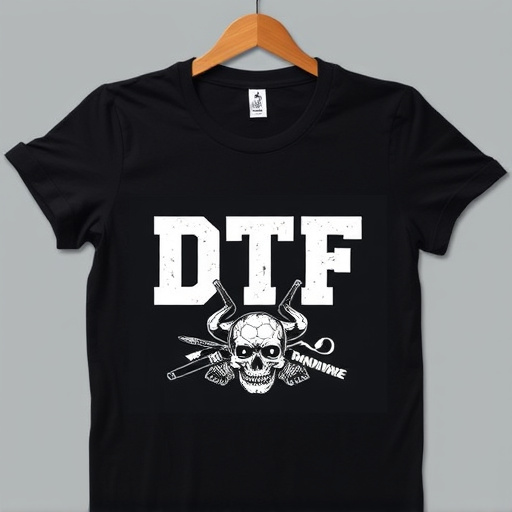
When pricing custom DTF T-shirt orders, several factors come into play. One key consideration is the complexity of the design; intricate or detailed graphics with multiple colors will generally command a higher price compared to simple, single-color designs. The size of the order is another significant influencer; bulk DTF shirt production often benefits from economies of scale, allowing for lower pricing per unit.
Additionally, the type of fabric plays a crucial role in pricing, especially when it comes to DTF printing for dark fabrics. Different materials absorb ink differently, which can affect print quality and the overall cost. Lighter colors typically offer better results with DTF techniques, resulting in more consistent and vibrant prints at scale.
Setting Competitive Prices for DTF T-Shirt Prints
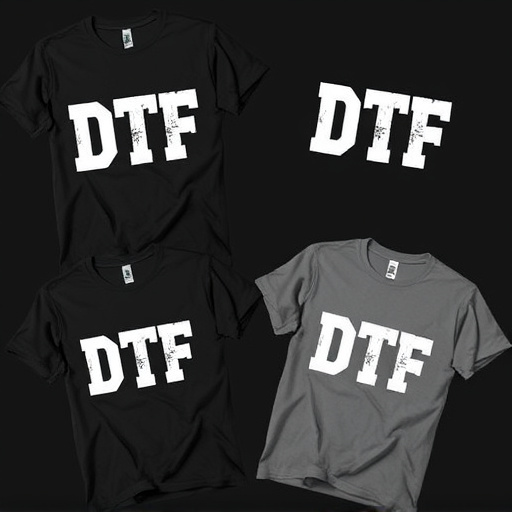
Setting competitive prices for DTF T-shirt printing involves understanding your market and production costs. In today’s competitive landscape, pricing your DTF transfers or DTF for t-shirts at a rate that both reflects quality and attracts customers is crucial. Start by researching similar services in your area; online marketplaces can offer insights into prevailing rates for dtf prints.
Consider factors like the complexity of the design, quantity ordered, and turnaround time when setting prices. For instance, intricate or multi-color designs may require more time and skill, justifying a higher price point. Additionally, offering custom pricing for bulk orders or special events can help you stand out from competitors while ensuring profitability.
Pricing custom DTF T-shirt orders requires balancing production costs with market demand. By understanding printing costs, factoring in design complexities and material choices, and staying competitive within your niche, you can effectively price your DTF T-shirt prints to attract customers while maintaining profitability. Remember, a well-priced order attracts clients without undervaluing your expertise.

